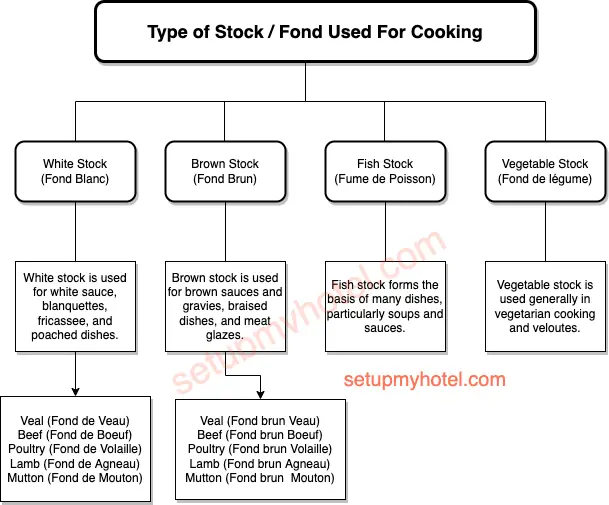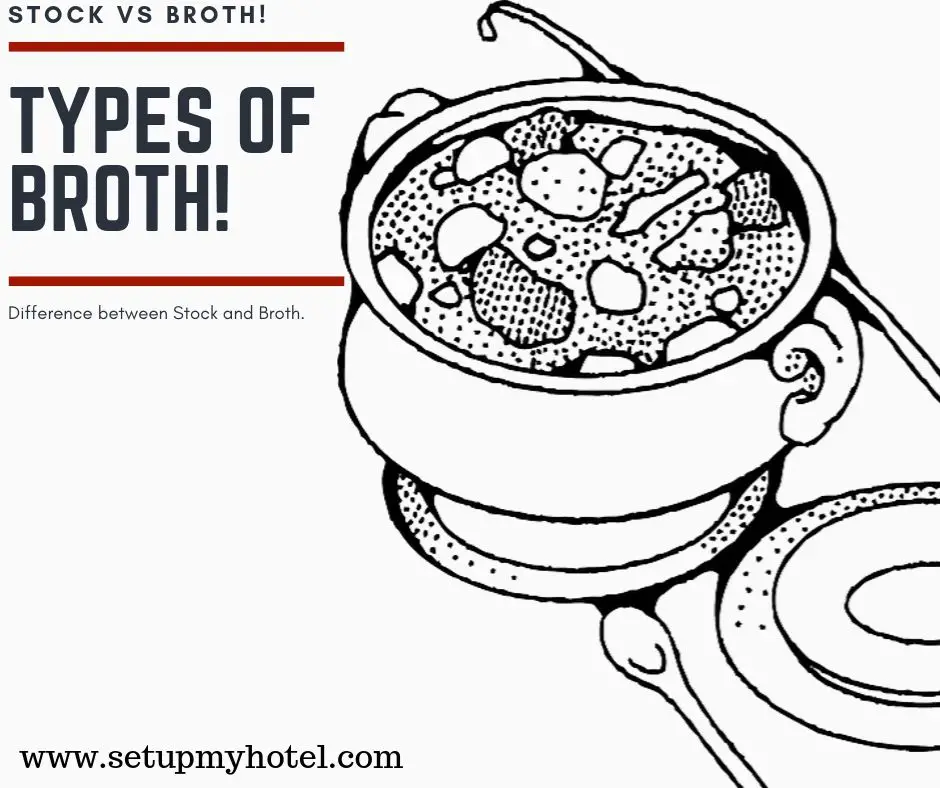Store – Storage And Issuing Policy And Procedure In Hotels

Storage and Issuing Process in Hotels After items are received and verified, they should be immediately moved to locked storage. ...
Read more
Job Description For Inventory Manager – Hotel/Food Service Industry

Job Description, Duties, Interview Questions and Salary For Inventory Manager – Food Service Industry As an Inventory Manager in the ...
Read more
Job Description For Storeroom Person

Job Description, Duties, Interview Questions and Salary For Storeroom Person As a storeroom person, your primary responsibility will be to ...
Read more
Types Of Stock – White | Brown | Vegetable | Fish

Types of Stock – White | Brown | Vegetable | Fish When it comes to cooking, the type of stock ...
Read more
Types Of Broth – How It Is Made? | Broth Vs Stock

What is Broth? How does it differ from Stock? Broth and stock are similar in technique and cooking time. Meat, ...
Read more
Stock Thickening And Binding Agents Used In Hotel Kitchen

Standard Stock Thickening and Binding Agents Thickening agents give body, consistency, and palatability when used. They also improve the nutritive ...
Read more
4 Types Of F&B Par Stocks

What are the types of Food & Beverage Par Stocks The food and beverage industry, “par stock” refers to the ...
Read more










